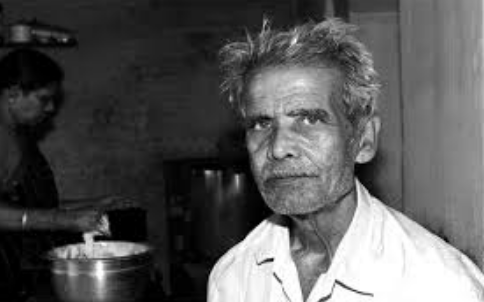India is emerging as a fast ageing country in the world. It is to be noted at the same time that it is one of the countries which has poorest social security mechanisms at work. The elderly population lacks adequate social security or old age pension and an integrated support for a decent living. Ageing of the population profile of the countries is a consequential result of the changes occurring and extent and timing of development and growth of the respective country. Yet, the speed at which ageing process of the population occurs differs from developed and developing countries. It is said that it took 110 years and 80 years to double the share of older population from 7 to 14 per cent in France and Sweden respectively, whereas China and India are set to double their respective shares in 25 and 20 years only.
Also read: The Lost Horizons
The reasons for fast ageing of people are far too many. Increasing urbanization and the movement of people from rural to urban areas and the changes in the family system are dominant reasons. The aged are left behind in the villages are also for ideating changes preferring nuclear families dominate the present day lifestyles. Attitudinally also the aged people get a raw deal from the young.
Also read: Pandemic and the Pandora’s box
Though Indian achieved success in bringing down mortality rate and enhancing the life expectancy among children it is not at the pace required. Further, last 20 years recorded a vast receding fertility trend and thus decline has not accompanied by enhancement of quality of life of the population. The decline in fertility is bringing in its wake changes in the age composition of the population. The end result brings an accelerated rise in the aged population and fast changing support ratios. At all India level the old population is 8.6 % and in the Telugu speaking States of Andhra Pradesh and Telangana it is 8.8 % and 9.1 %. Kerala has 12.6 % of older people followed by Goa with 11.12%. The totally dependent population of the old in India is 53.4 % and particularly dependent is 20.3 %. Not dependent old in India are only 26.3%. The figures in the two Telugu speaking States show another five percent more in each category.
Also read: Musings on pandemic impacts
Though more than 60% of the elderly population live alone or with spouse separately in western countries, lesser extent of the population lives separately in India. There is a heavy dependency on children and the State. Strangely, India fares badly when compared to neighbouring small countries like Bhutan, Nepal, Sri Lanka and Bangladesh when it comes to the payment of pension to the aged as a social security measure. Rightly or wrongly India is aping the western world without providing a decent living space or livelihood to the aged. Their dependency on someone or other is increasing due to lack of financial independence and lower per capital income.
Also read: Peri Urban and Rurban Dreams
No doubt, there are a few social security measures differing from State to Stat. They vary on one hand and lack of their convergence on the other.
The government has extended EPF 95 benefit which is meagre compared to that of senior citizens in the social security ambit or agriculture. Having served in the unorganized sector and having paid 8.33 % towards EPF they are still fighting the legal battle in the Supreme Court for payment of fair pension for the past several years.
Also read: Growth, Poverty reduction and inequality
The Population Reference Bureau in 2012 estimated that the older population in India would be 19% by 2050. India has to carve out its policy regarding the aged people quickly with adequate foresight and planning. The productive utilization of the eligible aged is the first aspect the government has to give consideration. There is a need for specialized policies for aged women, they are expected to live longer. The criteria for exclusion and inclusion to pay old age pension need to be carefully monitored. Providing protection to the elderly against discrimination and abuse is of paramount importance to be addressed by the government.
Also read: Roof Water Harvesting for Drinking




